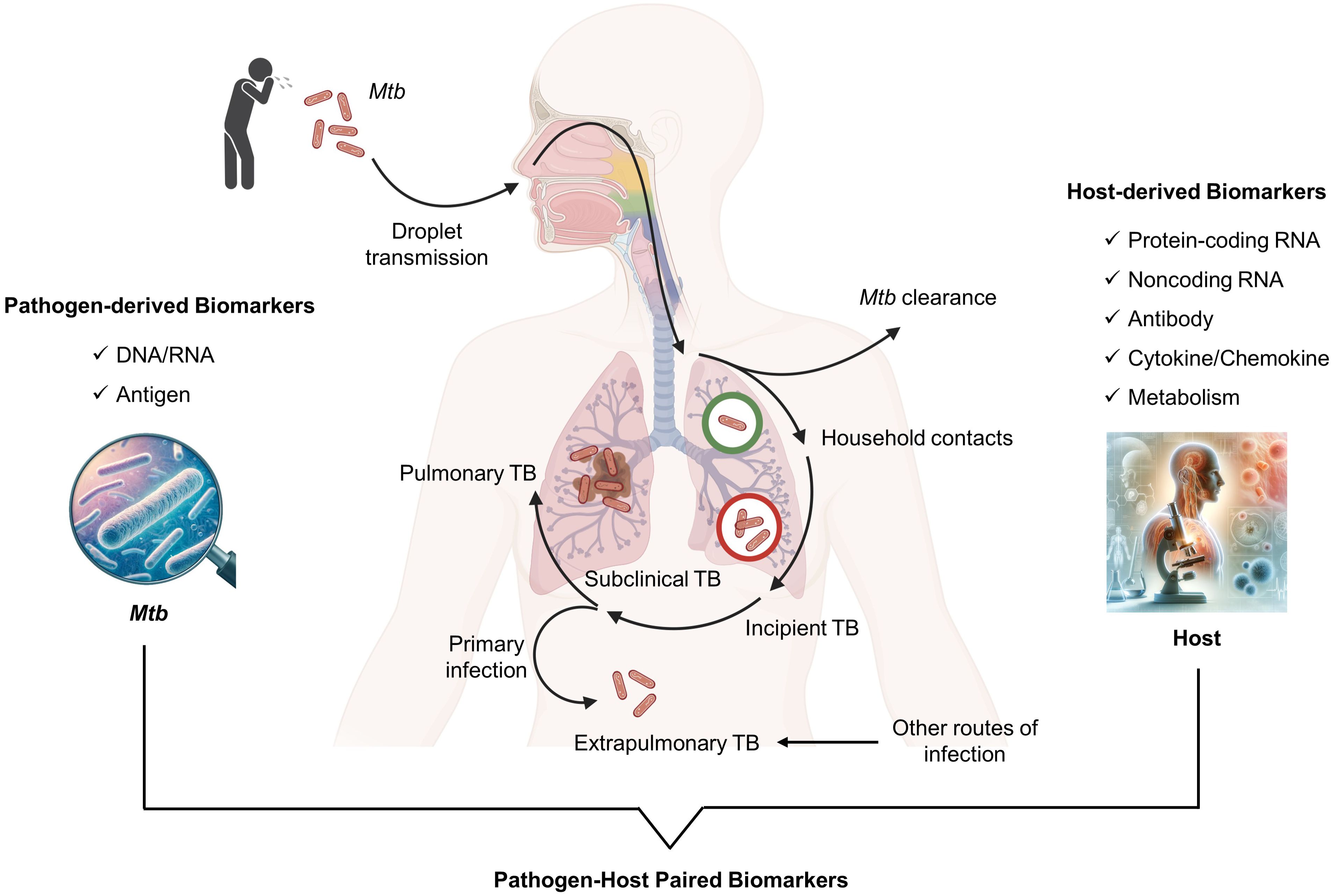Tuberculosis (TB) remains a global health emergency, with over 10 million cases reported annually. Despite significant advancements in medicine, early and accurate diagnosis remains a challenge—especially in low-resource settings. This is where biomarkers for tuberculosis are revolutionizing the field by providing faster, more precise, and non-invasive tools to detect the disease.
🔬 What Are TB Biomarkers?
Biomarkers are measurable biological molecules that indicate the presence or progression of disease. In TB, they are categorized into:
- Host-derived biomarkers: such as interferons (e.g., IFN-γ), interleukins (IL-2, IL-6), and TNF-α
- Bacterial biomarkers: like ESAT-6, CFP-10, or Lipoarabinomannan (LAM)
- Exosomal markers: proteins and microRNAs secreted in exosomes during TB infection

🧪 Advanced Methods for TB Biomarker Detection
Recent innovations use tools like the exosome ELISA kit, ATP measurement kits, and lateral flow assay kits to detect TB biomarkers with high sensitivity. These methods are faster than traditional smear microscopy or culture.
For instance, a lab might isolate exosomes using exosome-depleted FBS, detect signals using a DAPI mounting medium, and prepare samples in microtubes—streamlining high-throughput screening.
🔧 Common Tools and Reagents in TB Biomarker Research
- Tumor Dissociation Kit (Human): Used to isolate immune cells from granulomatous tissue
- PowerSoil DNA Isolation Kit or Qiagen PowerSoil: To analyze microbial DNA in sputum or gut microbiomes
- Lympholyte M and SepMate tubes (e.g., 130-095-929): For efficient PBMC isolation
- Western blot positive control: For detecting TB antigens
- Faramount, Instant Blue, and H&E staining kits: For visual analysis of TB-infected tissues
🧠 Toward Personalized TB Diagnostics
Glycan-binding proteins like banana lectin or Griffonia simplicifolia, and monoclonal antibodies such as 4G8 antibody and 6E10 antibody, are now used to develop next-generation diagnostics.
Together with advanced techniques like seamless cloning and exosomal profiling, these innovations support the future of precision medicine in TB.
Conclusion
The discovery and validation of tuberculosis biomarkers are reshaping the diagnosis landscape. When paired with robust lab tools, these markers enable early detection, better treatment outcomes, and effective disease monitoring—even in the most challenging environments.